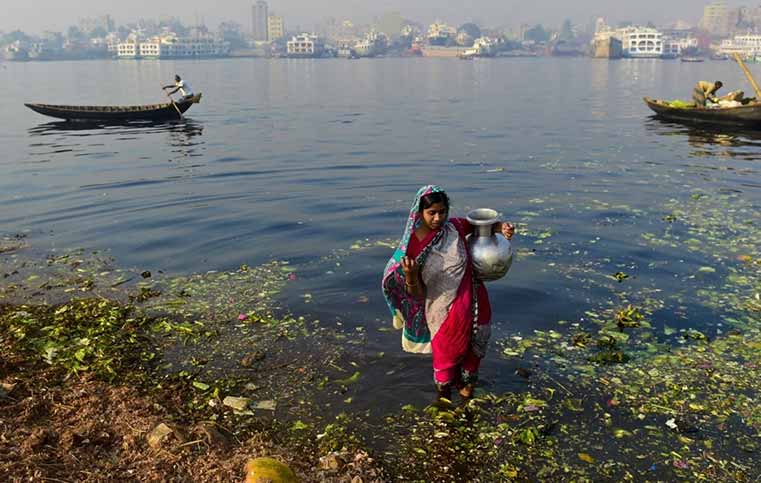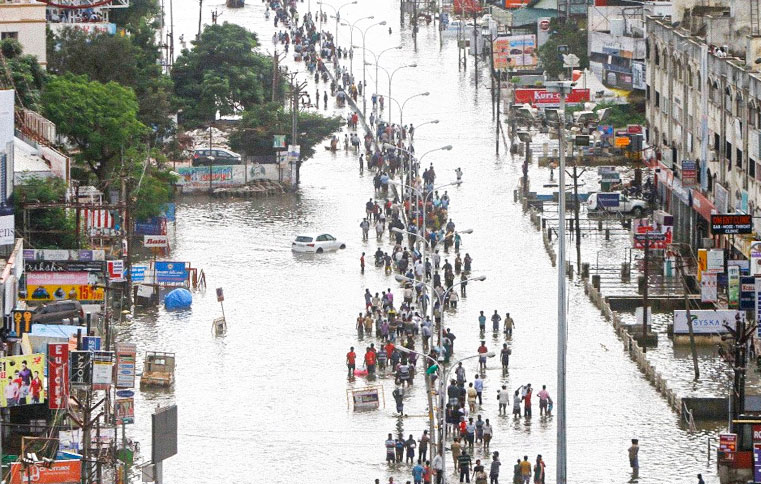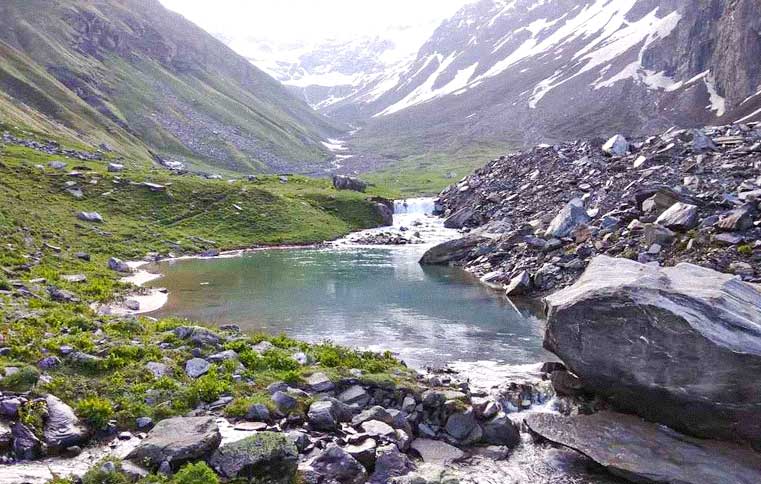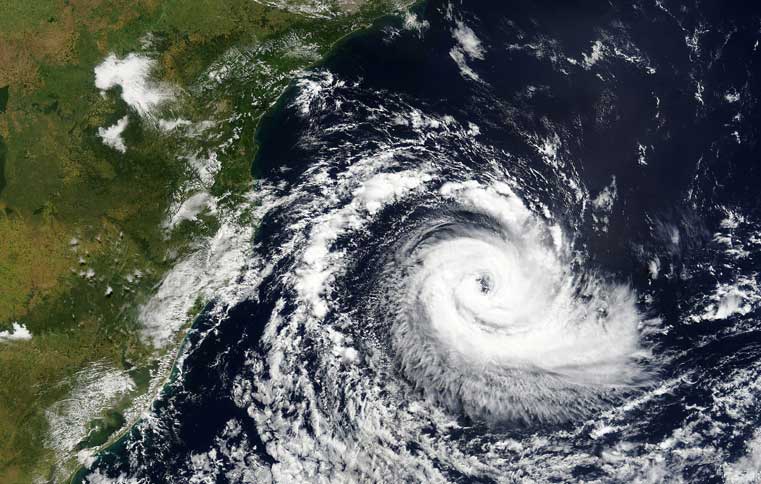Protecting Our Groundwater Resources: A Support-system For Millions
By: Nishikant Gupta | Date: 12th October 2019
 Image Source: IB Times
Image Source: IB Times
Groundwater provides numerous benefits: be it for domestic use obtained through tap water and tube wells; utilization for livestock support; or for agricultural purposes attained through irrigation canals/pumping from under the surface.
This valuable resource is indispensable in today’s day-to-day lives for communities throughout India.
Nonetheless, it is also critical to note that both the quality and quantity of groundwater has been adversely affected. For example, its volume has been depleting in many areas due to overexploitation.
In addition, many dependent regions now suffer from heavy metal (e.g. iron, fluoride and arsenic) poisoning. The reduction in volume and quality has the potential to create both drought-like situations and negatively impact the health of communities, especially of the elderly, women and children.
A change in water quantity/quality is likely to affect a family’s daily water intake and supporting services. Such grave situations has the potential to contribute to outmigration, disrupting the delicate socio-economic dynamics of the impacted and surrounding areas/region.
Given the ongoing and projected impacts of climatic variables, it will not be far-fetched to say that temperature and precipitation in particular are going to place additional pressure on groundwater resources in the coming decade.
Higher temperatures is likely to increase the water demand especially for domestic use and agricultural crops, resulting in its increased extraction to meet this demand.
Furthermore, the unpredictable precipitation pattern is likely to impact the water availability especially for groundwater recharge.
Among the rapid urbanization, climate change projections and increasing water demand, targeted strategies need to be formulated to address the substantial pressure on this resource.
There could be a possibility of meeting the increasing water demand and recharging groundwater reserves through floodwater storage techniques, and rainwater harvesting and storage in underground porous pits.
More importantly, legislative guidelines backed by appropriate traditional knowledge needs to be enhanced for the extraction and utility of groundwater in the wake of the current situation throughout India.












